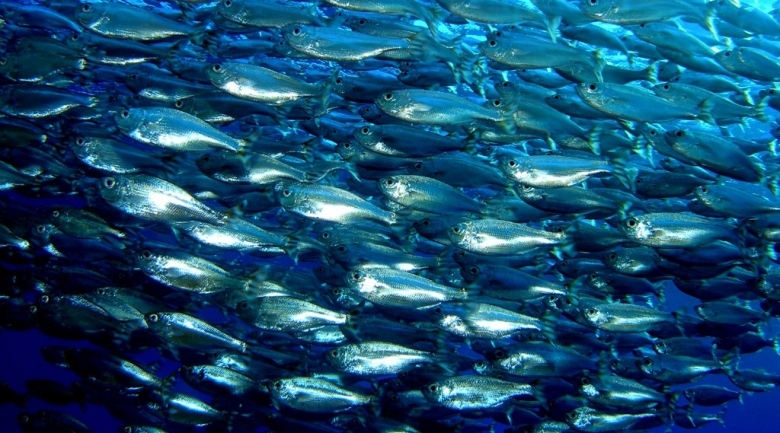
When it comes to charting the tree of life, the most important difference between humans and sharks isn’t limbs versus fins or even lungs versus gills. It all comes down to our skeletons. Sharks’ skeletons are made of cartilage, placing them along with rays and skates in a group of jawed vertebrates called cartilaginous fish.
Humans, along with most other living vertebrates, belong to the same group as bony fish, whose skeletons are made of bone. Scientists knew that these groups diverged more than 420 million years ago, but what the last common ancestor looked like remained a mystery. Now, new discoveries inside the head of a small fossil fish from Siberia may provide some clues.
The fossil material in question consists of a skull and scales of an Early Devonian fish from Siberia, approximately 415 million years old. Back in 1992, a short scientific paper noted the fossil and classified it as a bony fish belonging to the genus Dialipina, based on the scales and the head bones’ similarity to those of bony fish called Dialipina from the New Siberian Islands.
Bony fish of this age are very rare, so when paleontologist Martin Brazeau at Imperial College London found a more detailed picture of the Siberian fossil fish online, he and his colleagues Sam Giles and Matt Friedman at the University of Oxford in the United Kingdom thought its origins were worth investigating in greater detail.
To identify where this fish fit into the evolution of early jawed vertebrates, the team used a micro-CT scan, similar to the CT-imaging technique that patients in hospitals routinely undergo to see inside their bodies, to visualize the structure of bones inside the 1-cm-long head without destroying the fossil. Although the fossil had previously been classified as a bony fish based on its external features, such as the shape of the skull roof and the enamel on the scales, the CT scan revealed a surprising mosaic of features from both cartilaginous and bony fish.
For example, the fish’s skull was made of large, bony plates similar to today’s bony fish, but the traces of the nerves and blood vessels around the brain more closely resembled those of cartilaginous fish. Reporting online today in Nature, the team named the fossil fish Janusiscus schultzei in reference to the two-faced Roman god Janus.
The findings suggest that the common ancestor of both branches of jawed vertebrates had features of bony fish that were subsequently lost in the lineage of cartilaginous fish, like the bony plates of the skull. This backs up a 2013 study that showed that several traits thought to be unique to bony fish, such as the presence of large platelike bones, were in fact present in placoderms, an extinct group of jawed fish related to the ancestor of both cartilaginous and bony fish.
It also supports a 2014 study that showed that a 325-million-year-old fossil shark had a surprising number of bony fish features, suggesting that the ancestor also had these features and that sharks may be more specialized than originally believed. These findings as a whole could correct the misconception that cartilaginous fish are more primitive than bony fish, says Giles, the lead author.
